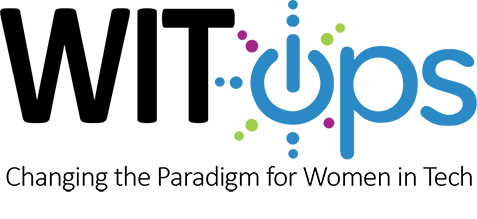Watch the webinar, take this survey for our research, volunteer to help, and/or be interviewed.
Why are women leaving high tech?
While there are many reasons for this phenomenon, research indicates that daily workplace factors, along with the realities of what they want for their lives, contribute most significantly to women leaving tech careers. Issues of parental leave and childcare are no different in high tech companies than other industries. So what is going on? We need an informed, actionable framework to guide organizations to create programs to improve the culture of daily life and retention.
Pilot study at Stanford University
As part of a course I taught at Stanford University, we collected field data on the daily lives of ten successful women from ages late 20s to 50s working in engineering, HCI, product management, or related occupations in high tech companies. The inquiry focused on the day-to-day work experience, including the problems they worked on, the teams they worked with, their support network, experience at meetings, management interactions, support, and promotion.
We then organized the data to look for the key themes that characterized what women love about work — and what got in their way. This led to a preliminary framework for understanding.
The Women in Technology Framework
These initial findings reveal that companies must target the daily life and management of women for intervention. The framework includes ensuring:
- A dynamic, valuing team they feel connected to
- Stimulating, impactful work produced with the team
- “The Push” to new challenges with support to succeed in them
- Role models living a desirable work and home life
- Nonjudgmental flexibility to deal with balancing home and work commitments
- Increasing the sense of personal power
When women had these experiences as part of their daily lives their self esteem and feeling of personal power increased. We think this framework will help you and companies better understand the issues so that together we can develop interventions that will work.
Developing a measure to see how we are doing
To broaden the data and start to test the framework we are now poised to run the first cut of our survey — then we will have the stats necessary to further develop a robust instrument. Please help — click here to take the survey and pass it to your friends in UX, product management, engineering, design, and managers.
Up next: More research and trying new techniques — including you
The Women in Tech Project is completely voluntary. I have a small core team working with me. We are gathering more field data and have created the preliminary survey. I’m soliciting volunteers now to help extend our findings and start inventing and trying out solutions. Volunteer here.

Recent Comments